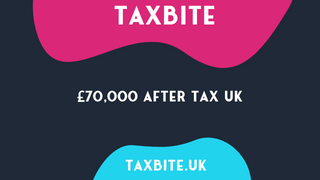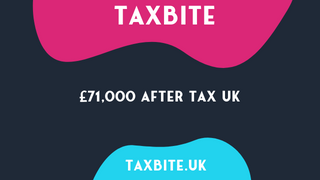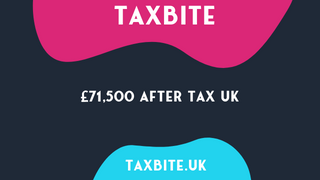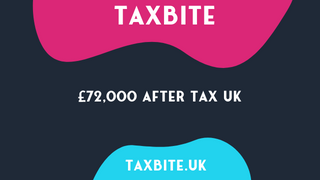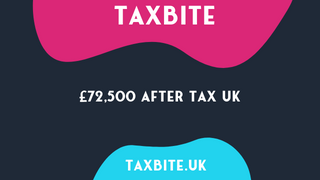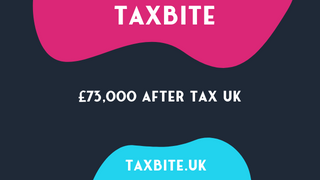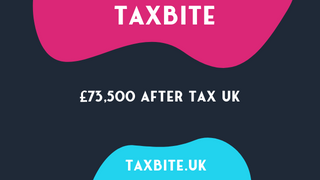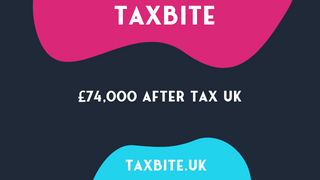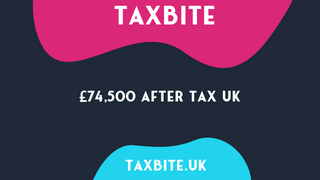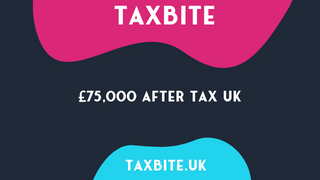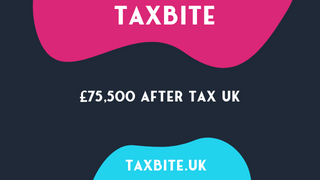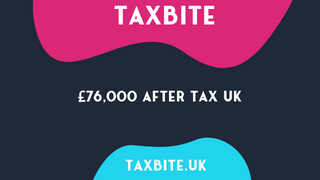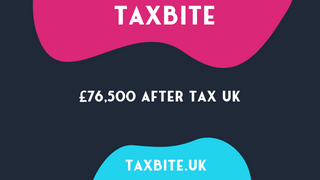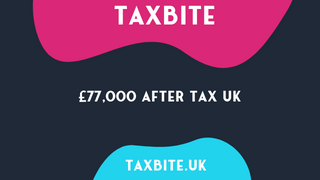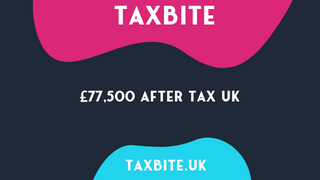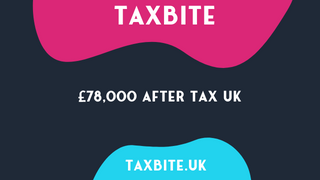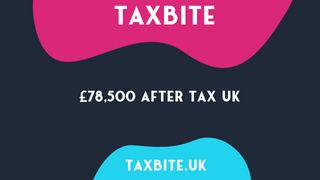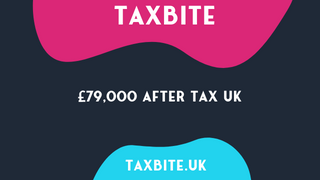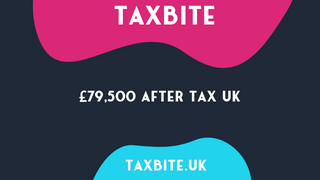Income tax and national insurance can be confusing subjects to navigate, but they are essential components of understanding how much money you’ll take home in the UK. In this section, we’ll explore the basics of income tax and national insurance.
Income tax is a tax on your earnings, which is collected by HM Revenue and Customs (HMRC). The amount of income tax you pay depends on how much you earn and whether or not you are entitled to any allowances.
National Insurance, on the other hand, is a social security system in the UK that provides benefits to those who are employed or self-employed. It is also used to fund the National Health Service (NHS). The amount of national insurance you pay depends on how much you earn, your employment status, and whether you have reached the state pension age.
So, whether you’re looking to make sense of your payslip or want to learn more about the UK tax system, this section has got you covered.
Income tax and national insurance are two must-pay deductions for UK workers. Income tax applies to employment income, interest, and rental income, while national insurance is a deduction on earnings that funds state benefits such as sick pay, maternity pay, and pensions. Both taxes are calculated based on personal allowance, tax bands, and earnings.
The difference between income tax and national insurance lies in their purpose and benefits. Income tax goes towards government expenditure, while NICs fund specific state benefits like healthcare and pensions. NICs entitle individuals to claim certain state benefits when they become due. NICs are compulsory from the age of 16 until state pension age or when an individual stops working.
Several factors can influence the amount of income tax an individual owes each year, including taxable income after allowances and deductions. Employers deduct income tax and national insurance from salaries each month using payroll software. It’s important to understand the basics of income tax and national insurance to navigate the UK’s tax system.
In the UK, income tax and national insurance are two separate forms of taxation. They take away money from a person’s pay. But they serve different purposes and are calculated differently. Income tax is on income that is taxed. National insurance contributions (NICs) is mainly for social benefits like healthcare and pensions.
Comparing them, income tax:
National insurance contributions:
Income tax and NICs are different due to their functions. Income tax depends on taxable income and rates. NICs has a constant rate. Income tax has personal allowance deductions. But NICs don’t.
Knowing these differences can help people manage their finances better. To work out income tax on £78,500, you’ll need a calculator and a strong drink!
Earning a £78,500 salary may sound exciting, but it’s important to consider the amount that goes towards taxes. In this section, we will delve into the specifics of income tax calculations for this salary, taking into account personal allowance and tax bands, tax deductions, and national insurance contributions. Through this section, you will gain a better understanding of how income tax works and how to optimize your earnings.
In the UK, the tax system is based on Personal Allowance and Tax Bands.
Personal Allowance lets you earn some income without paying taxes. If income is over £100,000, the Personal Allowance reduces by £1 for every £2 earned until it gets to £0. Higher earners may not get a full or any Personal Allowance. It’s important to note this to reduce tax liabilities and ensure accurate take-home pay.
Tax Bands is when specific income ranges have different rates of tax. HM Revenue and Customs provides a table with Income Range, Tax Rate, and Personal Allowance for the current tax year. By understanding Personal Allowances and Tax Bands, people can have more control over their finances and plan better for their financial goals.
For individuals earning £78.5K or more a year in the UK, working out tax deductions is key for financial planning. To correctly calculate them, it’s a must to know the rates and thresholds set by HM Revenue and Customs (HMRC).
The calculation consists of finding out the personal allowance and the tax bands that apply to the income. Here’s a table with the tax bands and rates for those earning £78.5K annually:
| Band | Taxable Income Range | Tax Rate |
|---|---|---|
| Personal Allowance | Up to £12,570 | 0% |
| Basic Rate | £12,571 – £50,270 | 20% |
| Higher Rate | £50,271 – £150,000 | 40% |
| Additional Rate | Over £150,000 | 45% |
Using the table, one can work out how much tax to pay. Additionally, it’s important to factor in National Insurance deductions.
To get the right results, consider student loans and pension contributions.
Pro tip: Keep up with changes to HMRC rules for efficient net income planning after tax and NI deductions.
Understanding National Insurance Contributions in the UK is a must for all taxpayers. It is a deduction from earnings that goes towards state benefits like healthcare, pensions, and unemployment benefits. How much you pay depends on income, age, and employment status.
It’s noteworthy that there are 3 classes of National Insurance contributions: Class 1, 2, and 4. Those earning over £184 a week or self-employed earning over £6,515 a year must pay Class 2 contributions. These are usually taken straight from the bank account.
Also, there is a cap on National Insurance contributions. You won’t need to pay them if you earn above a certain level. For 2021/22, the annual earnings threshold is £50,270 for those below State Pension age.
To calculate correctly, use an online tax calculator. Salary sacrifice schemes help reduce taxable income and lower contributions.
If you’re curious about your take-home pay after tax and national insurance deductions, look no further. We’ll provide you with accurate information about how much you can expect to receive in your bank account each month and year. Our information comes from credible sources, so you can plan your finances with confidence. Let’s delve into the details of net income after tax and national insurance deductions.
For those earning £78,500 annually in the UK, it’s important to understand take-home pay. This is the amount you get after tax and national insurance deductions. It’s your net income and dictates your monthly or yearly earnings.
A table can help clarify this concept. Take note: The personal allowance for 2021/22 is £12,570. This means your taxable income is £65,930 (£78,500 – £12,570). Calculate the tax payable against this income and you get £18,573.20.
However, you must also factor in National Insurance Contributions! For Class-1 NICs, you’d typically contribute 12% of gross earnings, equalling £7,153.16 per year.
Therefore, for a salary of £78,500, the “Net Income After Tax and National Insurance Deductions” is about £52,773 annually or £4,398 per month as your take-home pay.
It’s wise to keep an eye on changes to income tax rates in Scotland in 2023-2024. These could affect your take-home pay. So adjust your budget or financial plans accordingly.
The Scottish Income Tax Rates will be significantly different for the 2023-2024 tax year. These changes will affect taxpayers all over Scotland. To help people understand, a table has been made. It shows the current rates and the new ones. It also has info on personal allowance, tax bands and income ranges.
Taxpayers must know about the changes. One person in Scotland was surprised by them. But, with financial planning and help, they could maintain their lifestyle.
To prepare, it’s important to stay informed on the new Scottish Income Tax Rates. They will have a big impact on taxpayers throughout Scotland. It’s essential to be ready.
The following table shows the current rates and the new Scottish Income Tax Rates:
| Band | Current Tax Rates | New Tax Rates | Income Range | Personal Allowance |
|---|---|---|---|---|
| Starter | 19% | 19% | Up to £14,585 | £12,570 |
| Basic | 20% | 20% | £14,586 to £25,158 | £12,570 |
| Intermediate | 21% | 21% | £25,159 to £43,430 | £12,570 |
| Higher | 41% | 41% | £43,431 to £150,000 | £2,000 |
| Top | 46% | 46% | Over £150,000 | £0 |
When it comes to tax calculations, accuracy is crucial – getting it wrong could lead to financial penalties. This section will examine the advantages of using online tax calculators and how they can assist in ensuring accuracy. Specifically, we will focus on the significance of making adjustments for student loans and pension contributions to ensure that you’re paying the right amount of taxes. Given the upcoming changes to tax rates, having a clear understanding of your finances has become even more critical.
It’s vital to factor in adjustments such as student loan repayments and employer’s contributions to a pension plan when calculating income tax and national insurance. These modifications can significantly affect the net income after deductions. So, when using online tax calculators, these factors must be included for accurate results.
For example, someone earning a salary of £78,500 must make adjustments for student loan repayments. This reduces the taxable income but increases the monthly repayment amount. On the other hand, contributions to pensions can raise personal allowances and thus reduce the taxable income. Therefore, it’s recommended to take advantage of employer’s pension scheme contributions.
Financial management involves considering all types of financial information, including tax refunds from overpayment. By considering personal details such as student loan repayments and employer’s pension contributions, people can make informed decisions about debt repayment, savings, and investments. Taking a strategic approach to financial planning can help individuals take charge of their finances and fulfil their long-term financial goals.
It’s vital to get an understanding of your net income after tax and national insurance deductions. This way, you can plan for your expenses. In 2023, the net income in the UK for those earning the national average wage of £24,333 per annum is predicted to be £27,600. National insurance contributions are 12% for those earning £183 to £962 per week. And 2% on all earnings over this threshold. These contributions go towards the NHS and other state benefits.
To have a good financial plan, it’s best to consult a financial advisor. They can give you advice on how to manage finances, investments, savings, and taxes.
If you earn £78,500 per year, you’ll take home £4,480 every month after tax and national insurance deductions.
Your gross hourly rate will be £37.75 if you work 40 hours per week and earn £78,500 per year.
You’ll have to pay £1,569 in tax every month if you earn £78,500 per year.
The Scottish income tax rates for 2023-24 are:
The take-home pay of £78,500 yearly income after tax and National Insurance deductions is £54,580 per year, which is equal to £4,548 per month.
You can use the Tax Calculator offered by Reed.co.uk to calculate the Income Tax (PAYE) and National Insurance (NI) deductions from your salary. The calculator provides information on the deductions per week, per month, and per year.
Here’s a list of similar salaries:
